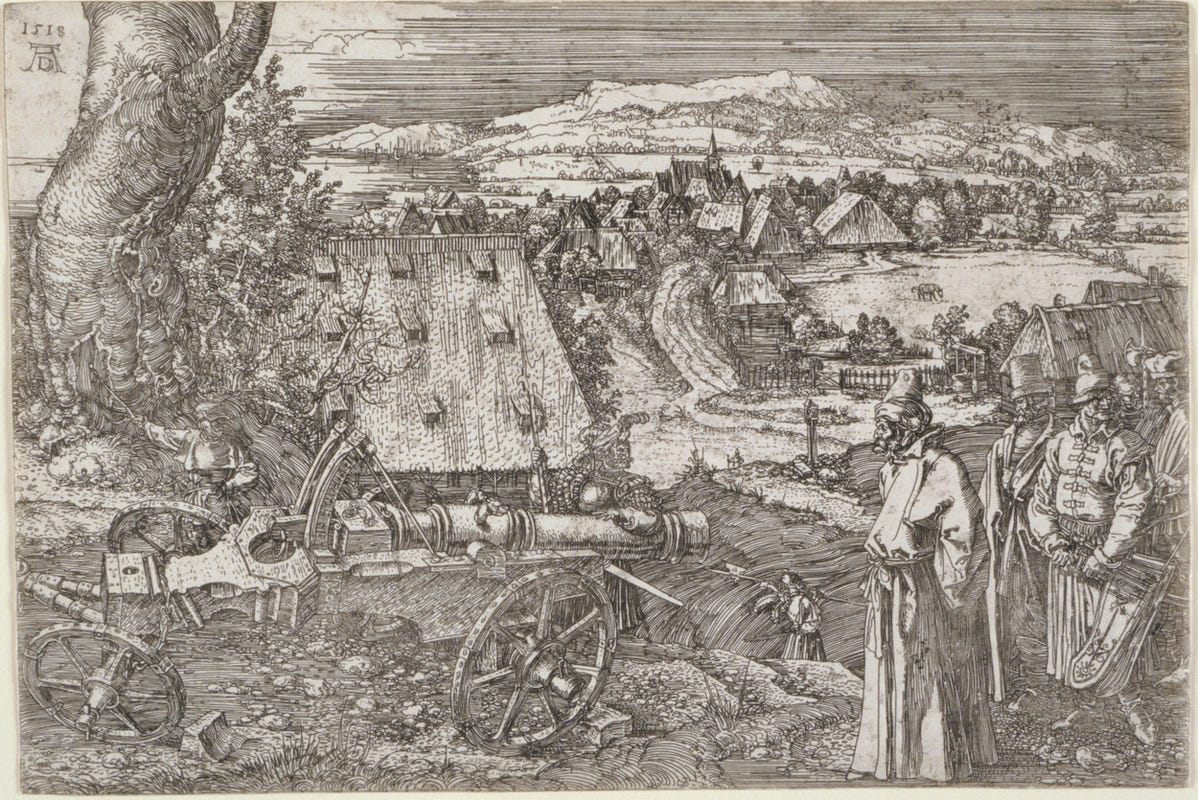What a gold candlestick reveals about the ‘greatest German Renaissance artist'
This week: A new way of looking at Albrecht Dürer opens at the Whitworth, mysterious messages from another world hidden in a museum escape room, treasures returning to display at the Walker

If YOU’RE reeling from the sudden explosion of AI technology and can’t quite get your head around robot brains able to spout Shakespearean-style sonnets about cheese and onion crisps then you may have some idea of what it was li…
Keep reading with a 7-day free trial
Subscribe to Stored Honey to keep reading this post and get 7 days of free access to the full post archives.


